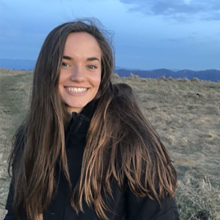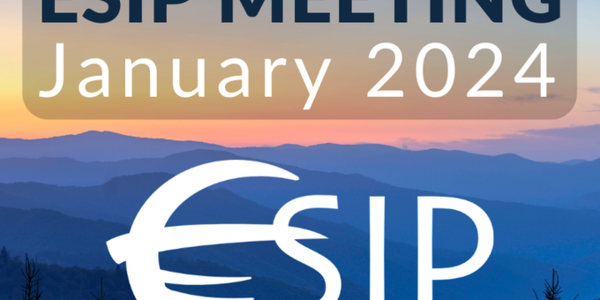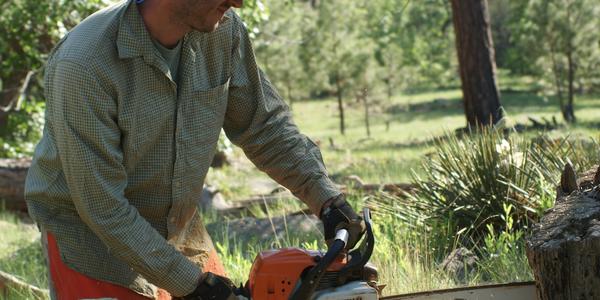Young scientists work on an inclusive soil moisture index

NCEI continues its seven-year partnership with the NASA DEVELOP Program working with early-career scientists and university students. This nationwide program utilizes NASA Earth science satellite data to address diverse environmental issues impacting communities. At the DEVELOP NCEI location, participants work on projects that focus primarily on climate applications and incorporate NCEI climate data.
This spring, the NASA DEVELOP NCEI team is building upon the fall 2020 project by continuing research into water resource forecasting in the Upper Missouri River Basin. The fall 2020 team developed a framework for computing a Composite Moisture Index (CMI) to enhance forecasting of summer drought and flood conditions, and the spring team is focusing on refining this innovative tool. CMI leverages NASA Earth observations to derive soil moisture and snow cover data from the Soil Moisture Active Passive (SMAP), Gravity Recovery and Climate Experiment (GRACE), Snow Data Assimilation System (SNODAS), and the Terra Moderate Resolution Imaging Spectroradiometer (MODIS). The team is also exploring the impacts of adding stream flow measurements to the index and will conduct a sensitivity analysis to understand the thresholds and timescales of the CMI outputs.
The team has partnered with the Montana Climate Office, the NWS Missouri Basin River Forecast Center, the U.S. Army Corps of Engineers, the NOAA Physical Sciences Laboratory, and the NOAA Regional Climate Services of the Central Region.
Team Members
Catherine Buczek is a graduate of Florida State University with a Master’s in Meteorology. She also holds a Bachelor of Science in Environmental Studies with a minor in Climate and Dynamic Earth Systems from Ursinus College in Pennsylvania. Buczek has worked as an intern at two different NASA facilities with San Jose State University’s Center for Applied Atmospheric Research and Education. During those internships she researched sustainability in northern Alabama, analyzed riparian zones in urban areas, and studied the impacts of Hurricanes Irma and Maria in the U.S. Virgin Islands. Catherine’s research interests lie mostly within hydrology.
Bevan Pearson is a graduate of the University of Pennsylvania with a Bachelor of Science in Earth Sciences, and her honors thesis explored the effects of detrital manipulations on forest soil organic matter formation. Pearson has spent her time since graduation researching water relations in millet plants in Pennsylvania and as a Princeton-in-Asia Fellow with CGIAR Research Program on Water, Land and Ecosystems, an international agricultural research organization based in Colombo, Sri Lanka.
Madelyn Savan is a graduate of California Polytechnic State University (Cal Poly) with a Bachelor of Science in Environmental Earth and Soil Science and a concentration in Geology. Since graduating, Savan has worked as a Watershed Management Apprentice at Cal Poly’s Swanton Pacific Ranch, where she took the lead on two watershed research projects—a stream restoration project and a post-fire study on stream water quality and geomorphology. Savan has also worked as a lab assistant at an agricultural entomology research lab at the University of California, Berkeley.
Chloe Schneider is a graduate of the University of North Carolina at Chapel Hill, where she double-majored in Environmental Science and Geography with a minor in Information Science. In the summer of 2019, Schneider participated in a National Science Foundation-funded research experience investigating the movement of carbon dioxide in the environment outside of Quito, Ecuador. Schneider also participated in the summer and fall 2020 DEVELOP North Carolina team working with the Eastern Band of Cherokee Indians to address hemlock decline and on the creation of the Composite Moisture Index that this semester’s project builds upon.







